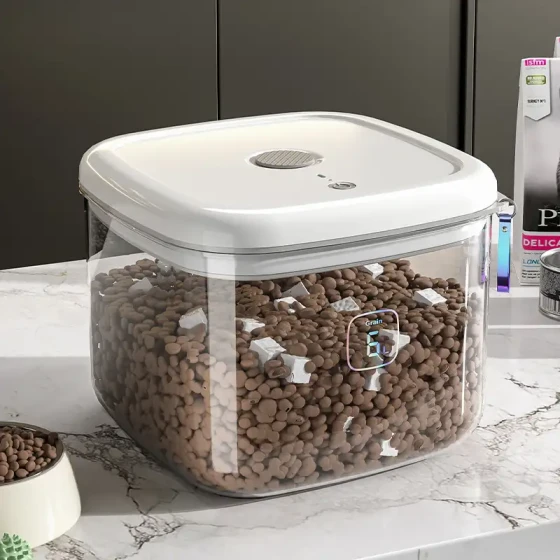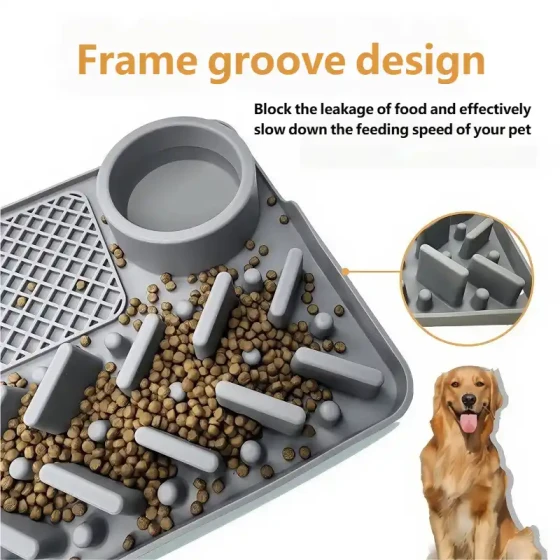What to Do If a Dog Has Salt Poisoning

Salt is a very important substance for a dog's body. Properly managing salt intake is crucial. Too little salt can also cause hair loss in dogs, while excessive salt intake can lead to salt poisoning, which brings great harm to the dog. Therefore, when feeding dogs, the salt content in their food must be paid close attention to.
Sodium ions and chloride ions are essential mineral elements in an animal's body. Plant-based feed generally contains small amounts of sodium and chloride. To supplement these two elements and stimulate the animal's appetite, salt should be added to the diet. However, if salt intake is excessive, especially when water intake is insufficient, salt poisoning may occur. Salt poisoning has been reported in many animals, but sensitivity varies by species, resulting in different toxic doses. Chickens and pigs are the most sensitive. Because dogs have excellent renal excretion function, they are not very sensitive to salt, so clinical reports of salt poisoning in dogs are rare.
Typical case: A 2-year-old male dachshund weighing 7.5 kg. Main complaint: The dog vomited twice each day two days ago, with mucus in the vomit, but appetite was normal. Last night, after stealing and eating saltwater pickled chicken, it vomited continuously without diarrhea. On the morning of onset, the dog lost all appetite but liked to drink water. The dog was vaccinated with a seven-in-one vaccine in January 2004. Clinical examination: temperature 35.8℃, pulse 156 beats/min, arrhythmia, respiration 45 breaths/min, shallow and rapid breathing, cyanosis of oral and eyelid mucosa, sunken eyeballs, along with excitement, restlessness, and generalized muscle spasms and other neurological symptoms.

It is essential to control the amount of salt
Diagnostic Examination
Based on the history of excessive intake of high-salt foods like saltwater pickled chicken and dehydration, along with severe neurological symptoms, a preliminary diagnosis can be made.
Treatment
Currently, there is no specific medicine for this disease. For early and mild poisoning cases, sodium-excreting diuretics, divalent ion-containing osmotic solutions, symptomatic treatment, and immediate multiple supplies of drinking water to reduce the salt concentration in the stomach should be used. Gastric lavage with 0.1% potassium permanganate solution or use of emetics to induce vomiting can also be employed. Then administer a small amount of oily laxatives orally to promote the excretion of salt from the gastrointestinal tract and prevent reabsorption. Use diuretics to reduce intracranial pressure and alleviate cerebral edema.
Symptomatic Treatment
Intramuscular injection of atropine sulfate 5–10 mg or chlorpromazine hydrochloride 5–15 mg to relieve spasms and pain. 10% calcium gluconate solution 50–100 ml or 10% calcium chloride 10 ml added to 150 ml of 10% glucose injection intravenously dripping at 50–60 drops/min.
Etiological Treatment
10% glucose injection 100 ml plus 50% glucose injection 10–30 ml intravenously dripping at 120–150 drops/min.
10% glucose injection 100 ml plus VB1 100–300 mg, VC 0.5–1.5 g, VB6 100–300 mg, ATP 5–10 mg, coenzyme A, etc., intravenously at 80 drops/min.
Salt is certainly important for a dog's health, but like any nutrient, excessive amounts will cause adverse reactions. Over-supplementing salt can cause many skin problems and, in severe cases, salt poisoning. Therefore, owners should first consider whether the food will negatively impact the dog when feeding. Saltiness must also be controlled; otherwise, dogs eating strong-flavored food for a long time may become picky or lose appetite when fed bland food. Controlling salt intake is very important for a dog's diet and health.



